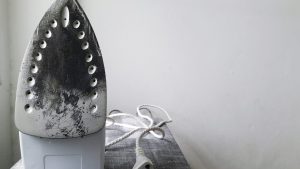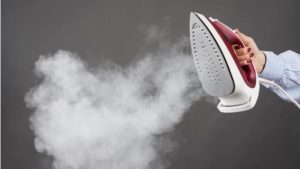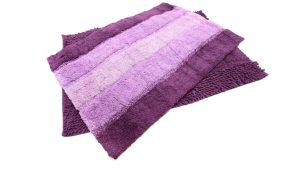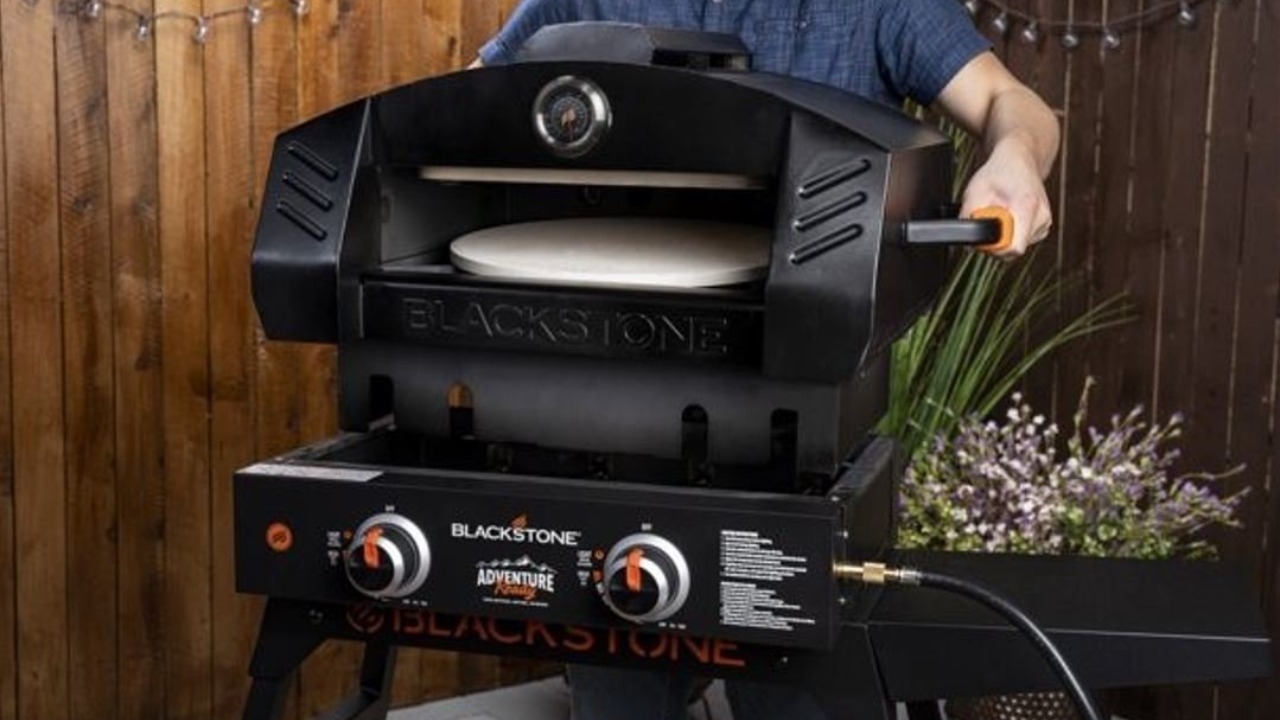How Do You Descale an Iron
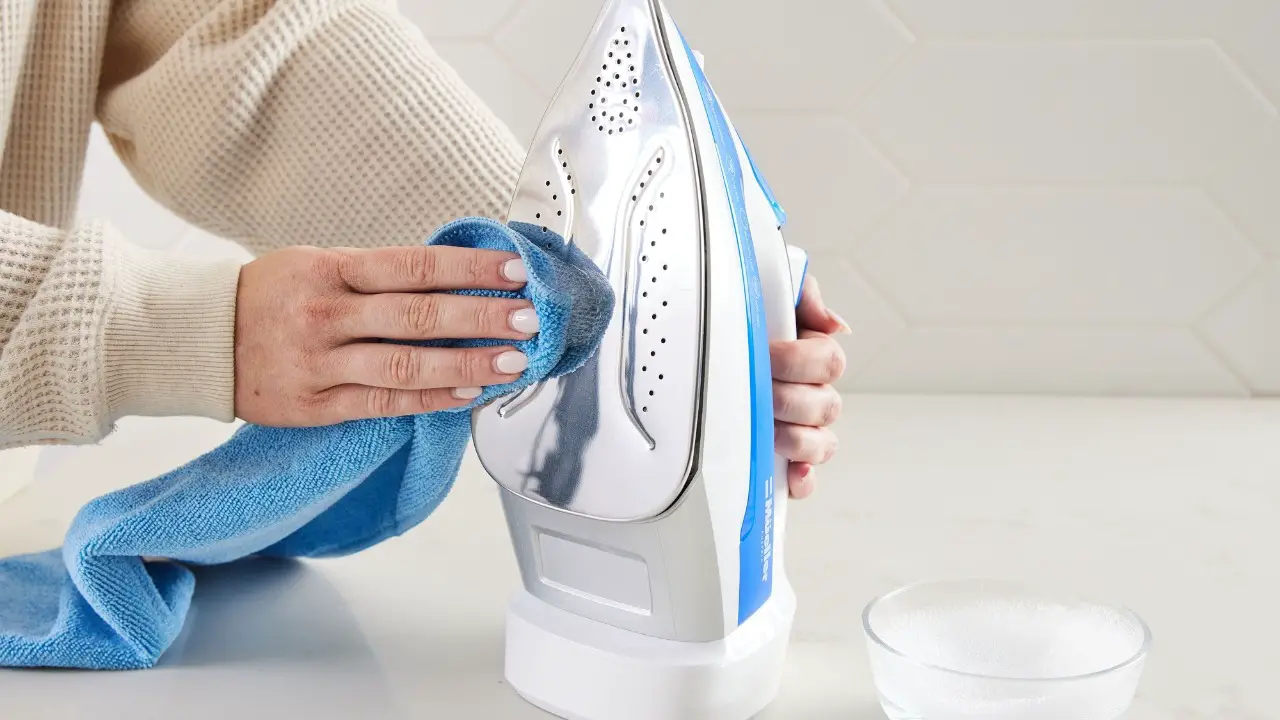
To descale an iron, mix equal parts of water and vinegar, then pour the solution into the iron’s water reservoir and set it to steam mode. After the iron has heated up, press the steam button to clear out the buildup.
Once finished, refill the reservoir with clean water and flush out any remaining vinegar solution by steaming a clean cloth or towel. Descaling your iron is an important maintenance task that can help improve its performance and extend its lifespan.
Over time, minerals from the water can build up inside the iron, leading to clogs and decreased steam output. By descaling the iron regularly, you can ensure that it continues to function effectively and efficiently. We’ll discuss the simple steps to descale an iron and provide some tips for maintaining your iron in top condition.
Understanding The Importance Of Descaling
Limescale buildup, a common issue with irons, can significantly affect their efficiency and durability. Descaling is the process of removing these mineral deposits and is crucial for maintaining the optimal performance of your iron. It not only ensures better heat distribution but also extends the lifespan of the appliance.
Effects Of Limescale Buildup
Limescale is a mineral deposit that accumulates in appliances that use water. When untreated, it can clog the small holes in the iron’s soleplate, hindering steam output and causing potential damage to the heating element.
Impact On Iron Performance
Descaling is essential to maintain the iron’s efficient performance. Limescale buildup can lead to uneven heat distribution, resulting in unsatisfactory ironing results. Moreover, it can cause the iron to consume more energy, leading to increased electricity costs.
Identifying The Signs Of Limescale
Identifying the signs of limescale is crucial in maintaining the functionality of your iron and ensuring it operates at its best. Limescale, a chalky white deposit left behind by evaporated hard water, can build up inside the iron over time.
Recognizing Limescale Accumulation
One of the primary signs of limescale accumulation is the presence of a white, chalky residue in the water reservoir or on the soleplate of the iron. This can hinder the iron’s performance and lead to staining on clothing items. Another indicator is reduced steam output, as limescale buildup can block the steam vents and cause irregular steam distribution.
Warning Indications In Iron Functionality
If you notice your iron taking longer to heat up, emitting a sputtering noise, or producing uneven steam, these could be warning signs of limescale affecting its functionality. In addition, a decline in the smooth gliding motion of the iron across fabric may suggest limescale buildup hampering the soleplate’s ability to move effortlessly.
Step-by-step Descale Process
Descaling your iron is essential to maintain its performance and prolong its lifespan. Follow this step-by-step guide to effectively describe your iron and keep it in top condition.
Preparing The Descaling Solution
Before you begin the descaling process, assemble the necessary items:
- Vinegar or Descaler: Choose a vinegar or a commercial descaling solution specifically designed for irons.
- Water: Use filtered or distilled water for the descaling solution.
- Container: Select a container or basin large enough to submerge the iron’s soleplate.
- Cloth: Prepare a soft cloth for wiping the soleplate after descaling.
- Distilled Water: Have distilled water ready for flushing the iron after descaling.
Implementing The Descaling Procedure
- Preparation: Empty the water tank, unplug the iron, and allow it to cool completely.
- Preparation: Fill the water reservoir with the descaling solution, ensuring it is diluted as per the product instructions.
- Heating: Turn on the iron and set it to its highest steam setting. Allow the iron to heat up and begin steaming for a few minutes.
- Power Off: Turn off the iron and unplug it. Let it cool down for a few minutes.
- Draining: Pour out the remaining descaling solution and rinse the water tank thoroughly.
- Cleaning: Use a soft cloth dampened with distilled water to wipe the soleplate, removing any residue or scale buildup.
- Refilling: Fill the water tank with distilled water and run the iron through a steam cycle to flush out any remaining descaling solution.
- Testing: After completing the descaling process, test the iron on an old cloth to ensure there are no residual traces of the descaler in the steam or water spray.
Best Practices For Preventing Limescale Buildup
When it comes to keeping your iron in top condition, preventing limescale buildup is essential. Limescale can clog the steam vents and affect the iron’s performance. By following best practices for preventing limescale buildup, you can extend the life of your iron and ensure it operates at its best.
Regular Maintenance Tips
Regular maintenance is the key to preventing limescale buildup in your iron. Here are some essential tips for keeping your iron limescale-free:
- Use distilled water: Using distilled water in your iron instead of tap water can help minimize limescale buildup. Distilled water lacks the minerals found in tap water that cause limescale.
- Clean the iron’s soleplate: Regularly cleaning the soleplate of your iron can prevent limescale from accumulating. Use a damp cloth or a special iron cleaning solution to remove any limescale deposits.
- Empty the water reservoir: After each use, empty the water reservoir of your iron to prevent stagnant water from causing limescale buildup.
Alternative Methods For Limescale Prevention
If you’re looking for alternative methods to prevent limescale buildup in your iron, consider the following options:
- Using a limescale prevention cartridge: Consider using a limescale prevention cartridge in your iron’s water reservoir. These cartridges are designed to filter out minerals that cause limescale buildup.
- Vinegar solution: You can also create a solution of equal parts vinegar and water and use it to clean the iron’s steam vents. The acidic properties of vinegar can help dissolve limescale deposits.
- Descale regularly: It’s important to descale your iron regularly to remove any existing limescale buildup. Follow the manufacturer’s instructions for descaling your specific iron model.
Frequently Asked Questions For How Do You Descale An Iron
What Is The Best Way To Descale An Iron?
To descale an iron, fill the water reservoir with equal parts vinegar and water. Turn on the iron and set it to the highest steam setting. Let it steam for 5-10 minutes, then unplug and empty the reservoir. Finally, rinse the iron with clean water.
How Do You Remove Calcium From A Steam Iron?
To remove calcium from a steam iron, mix equal parts of water and vinegar. Fill the iron’s reservoir with the solution. Turn on the iron to the highest setting and let it steam for 10 minutes. Then, empty the reservoir, refill it with water and steam it again to flush out the vinegar.
How Do You Clean Buildup Off An Iron?
To clean the buildup off an iron, mix equal parts of water and vinegar, and pour the solution into the iron’s water reservoir. Turn on the iron to the steam setting, and let it steam for 5-10 minutes. Then, empty the reservoir and wipe the soleplate with a clean cloth.
Can You Clean Irons With Vinegar?
Yes, you can clean irons with vinegar. Fill the reservoir with equal parts vinegar and water. Turn on the iron and let it steam for 5-10 minutes. Then, unplug, allow it to cool, and empty the reservoir. Finally, rinse with water to remove any vinegar residue.
Why is it important to describe an iron?
Descaling removes mineral deposits (usually from hard water) that can build up in the iron, preventing efficient steam production and potentially damaging the appliance over time.
How frequently should I descale my iron?
The frequency depends on water hardness and iron usage. As a general guideline, descale every 1-2 months for moderate use or more often if you notice a decrease in steam output.
What’s an effective way to describe an iron?
Fill the iron’s water reservoir with a mixture of equal parts white vinegar and water. Turn on the iron to the highest steam setting and allow it to steam for a few minutes. Empty the reservoir, refill it with clean water, and steam again to flush out any remaining vinegar.
Can I use citric acid instead of vinegar for descaling?
Yes, citric acid is an alternative. Dissolve a few tablespoons of citric acid in water and follow the same descaling process as with vinegar.
Is there a commercial descaler I can use?
Yes, many brands offer specific descaling solutions. Follow the manufacturer’s instructions for usage, and ensure thorough rinsing after descaling to avoid any residue.
Can I describe a steam iron that has an anti-calc or self-cleaning function?
Even with these features, periodic descaling is recommended. While anti-calc systems help, they may not eliminate all mineral deposits. Follow the manufacturer’s guidelines for descaling in conjunction with these functions.
What if my iron has stubborn scale buildup?
For stubborn deposits, you may need to repeat the descaling process or use a more concentrated solution. Consult the iron’s manual for specific recommendations on dealing with severe scale buildup.
Are there any precautions while descaling?
A: Always follow the manufacturer’s instructions for descaling. Ensure the iron is unplugged and cool before starting the process. Avoid using harsh chemicals that could damage the iron.
Can I describe my iron without using vinegar or citric acid?
Yes, you can use a mixture of lemon juice and water as a natural alternative. The citric acid in lemon juice helps break down mineral deposits. Follow the same descaling process as with vinegar.
Should I describe both the water reservoir and the steam vents?
Yes, it’s essential to describe both the water reservoir and the steam vents. Mineral deposits can accumulate in both areas, affecting overall iron performance.
Can I describe a cold iron, or does it need to be heated?
Descaling is more effective when the iron is heated. The heat helps dissolve and loosen mineral deposits. Ensure the iron is unplugged, and follow the descaling process after it has cooled down.
What if I smell vinegar after descaling?
After descaling, rinse the iron with clean water thoroughly to remove any vinegar smell. Fill the reservoir with water, heat the iron, and steam until the vinegar odor dissipates.
Can I use descaling tablets for my iron?
Yes, descaling tablets designed for irons are available. Follow the manufacturer’s instructions on the tablet packaging for proper usage. Ensure thorough rinsing after descaling to remove any residue.
Is it necessary to use distilled water to prevent scale buildup?
Using distilled or demineralized water can reduce scale buildup, but it may not eliminate it entirely. Regular descaling is still recommended, especially in areas with hard water.
Can descaling improve iron longevity?
Yes, regular descaling can prolong the life of your iron by preventing damage caused by mineral deposits. It also ensures consistent steam output and better ironing performance.
Can I use descaling solutions for other household appliances?
Descaling solutions are designed for specific appliances. While some may be versatile, always check the product’s suitability for the intended appliance and follow usage instructions.
Conclusion
Regularly descaling your iron is essential for maintaining its performance and prolonging its lifespan. With simple household items and effective techniques, you can easily remove mineral deposits and keep your iron functioning efficiently. By incorporating descaling into your regular cleaning routine, you can ensure that your iron consistently delivers wrinkle-free results.

